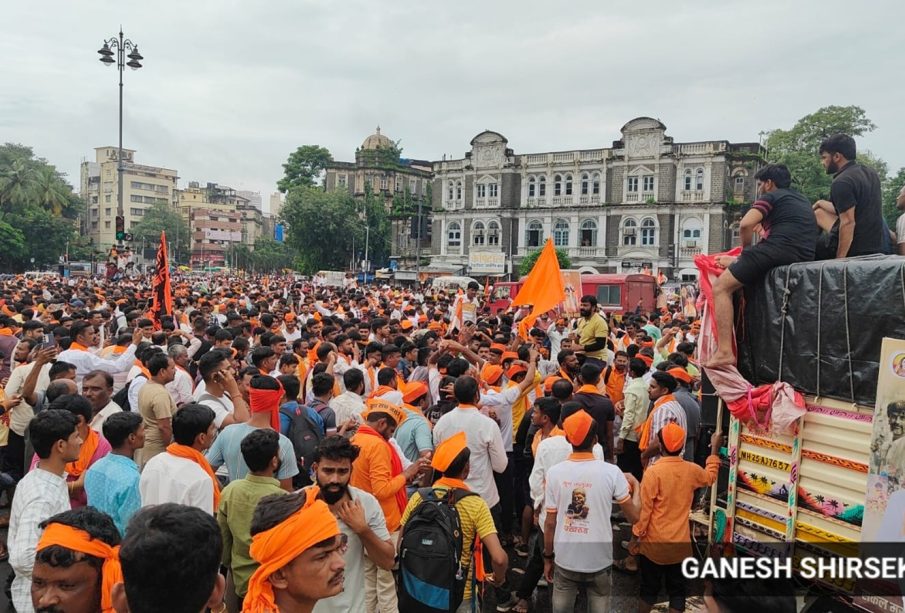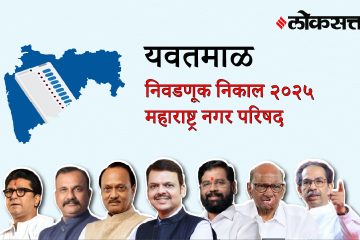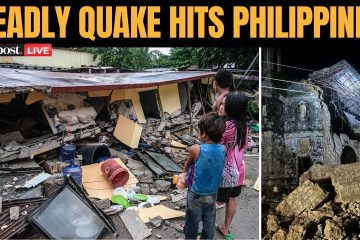Maratha Quota Protest in Mumbai: A Call for Reservation

Introduction
The Maratha quota protests in Mumbai have gained significant attention as the community demands reservation in education and government jobs. This movement, rooted in the socio-economic struggles of the Maratha community, reflects larger issues of equity and access in Maharashtra’s socio-political landscape.
Details of the Protests
On October 12, 2023, thousands of Maratha community members gathered at various locations across Mumbai to voice their demands for a reservation in educational institutions and government jobs. These protests have been marked by rallies, marches, and candlelight vigils, drawing attention to the longstanding grievances of the Maratha community, which constitutes nearly 31% of Maharashtra’s population.
The community argues that despite their historical significance and contributions to Maharashtra, they have been marginalized in terms of opportunities in education and employment. Leaders from the Maratha Kranti Morcha, a key organizing group, called for a peaceful protest but emphasized the urgency of government action. Political tensions have flared as various parties have weighed in, with some supporting the demand for reservation while others express concerns about its implications for other communities.
Recent Developments
The Maharashtra government has responded to the protests by organizing discussions with community leaders and promising to review the quota demands. Chief Minister Eknath Shinde stated, “We acknowledge the issues raised by the Maratha community and are committed to finding a solution that considers all parties involved.” However, many protesters have expressed skepticism, demanding immediate legislative action.
In the past weeks, the protests have escalated, with reports of clashes between police and protesters, leading to heightened security in the city. Despite the tense atmosphere, protest leaders have urged participants to maintain peaceful demonstrations, emphasizing dialogue over confrontation as the path to resolution.
Conclusion
The Maratha quota protest in Mumbai highlights the ongoing struggle for social justice and equitable access in Maharashtra. The government’s response will be crucial in addressing the community’s concerns and could set a precedent for socio-political negotiations across the state. As the protests continue, both the government and community leaders face the challenge of finding a balanced resolution that reflects the needs of the Maratha community while ensuring fairness for all groups in Maharashtra. Observers believe that the outcomes of these protests could influence upcoming elections and shape the future of social policies in the region.









